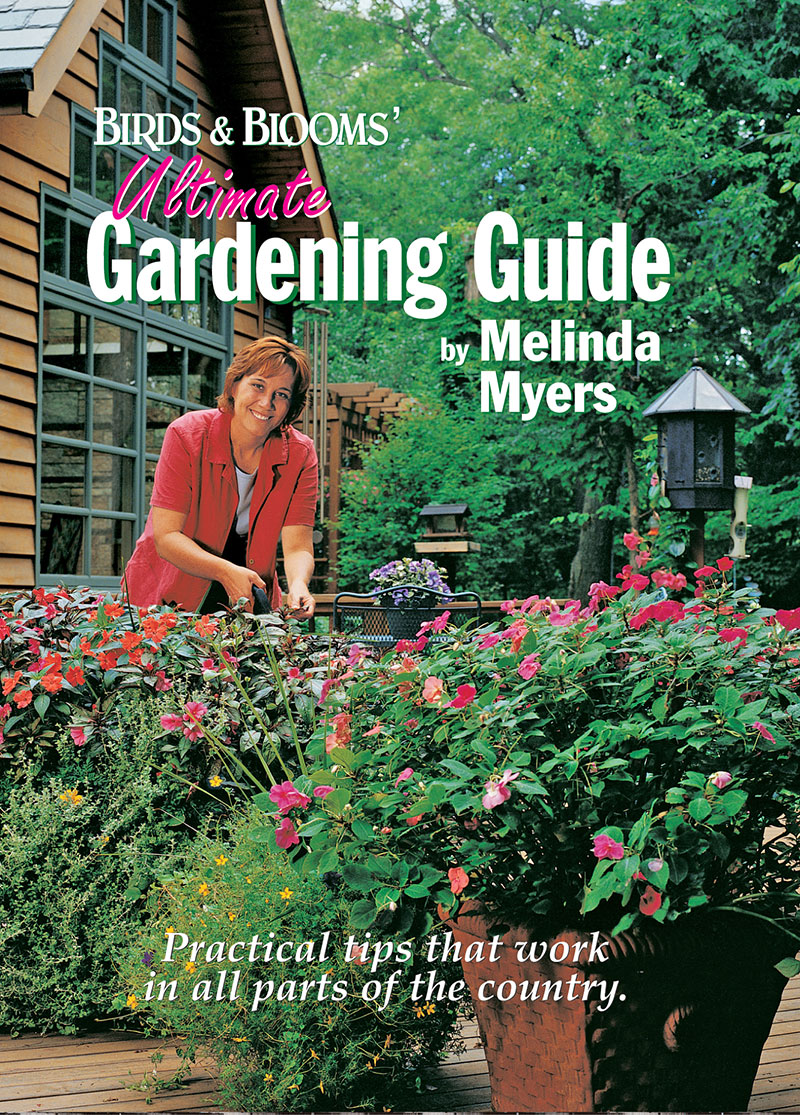
Norway Spruce
- Botanical Name
- Picea abies
- Min Zone
- 3
- Max Zone
- 7
- Height
- 40 to 60 feet
- Width
- 25 to 30 feet
- Flowers
- Small male flowers are pinkish-red and clustered along the stems, female flowers are reddish-pink and upright on the tips of branches, once pollinated the flowers turn green and hang downward as cones ripen
- Fruit
- Cone: Narrow, 4 to 6 inches long, 1.5 to 2 inches wide, light green maturing to brown
- Light
- Full sun
- Soil
- Moist, sandy acidic
- Planting & Care
- Transplant large size plants (3 to 4 feet) balled and burlap
- Prefers colder climates and acidic soils
- Because of its large size, Norway spruce is often used as a windbreak, screen or large hedge in larger landscapes
- Not a tree for smaller yards
- The very shallow, spreading root system benefits from a 3 to 4 inch layer of organic mulch to moderate soil temperature and conserve moisture
- Does poorly in shady sites
- Large cones can be a little consideration
- Problems
- Spruce gall adelgid, red spiders, tip weevils, cytospora canker, Rhizosphaera needle cast, bagworm, mites, budworm, borers
- Varieties
- Acrocona - broad-spreading pyramidal form, bright red female cones, up to 20 feet
- Bird's Nest Spruce (Picea abies 'Nidiformis') - dwarf shrub form, outward spreading branches with a slight depression in the center - resembling a bird's nest, 3 to 6 feet tall and wide
- Cupressina - narrow variety, 25 to 30 feet tall by 6 feet wide, more tolerant of heavy snow loads
- Pendula - weeping form, 12 to 15 feet tall and wide, often used as a specimen
- Pumila - dwarf cultivar, 3 to 4 feet tall by 4 to 5 feet wide, rouned form
Related Content
Categories
Upcoming Live Events
& Webinars
April 18, 2024
Be a Waterwise Gardener
Golden Rondelle Theater, Racine, WI
Register now
April 20, 2024
Pruning Hydrangeas and Other Shrubs
Pasquesi Home & Gardens, Lake Bluff, IL
April 27, 2024
Ridges & Rivers Book Festival
Viroqua, WI
April 28, 2024
Flowering Trees and Shrubs
Ebert's Greenhouse Village, Ixonia, WI
May 1, 2024
FREE WEBINAR
Ornamental Fruits and Vegetables
Register now
May 4, 2024
Garden U 2024
New Richmond, WI
Register now
May 9, 2024
FREE WEBINAR
How to Plant Your Rain Garden
Register now
May 11, 2024
Ask The Plant Doctor Q & A
Ebert's Greenhouse Village, Ixonia, WI
May 12, 2024
Ask The Plant Doctor Q & A
Ebert's Greenhouse Village, Ixonia, WI
May 18, 2024
Ask The Plant Doctor Q & A
Ebert's Greenhouse Village, Ixonia, WI
June 1, 2024
Selecting, Planting, Pruning and Caring for Hydrangeas
Ebert's Greenhouse Village, Ixonia, WI
June 5, 2024
FREE WEBINAR
Under-Appreciated Pollinators
Register now
WATCH ON-DEMAND WEBINARS
Learn More
















